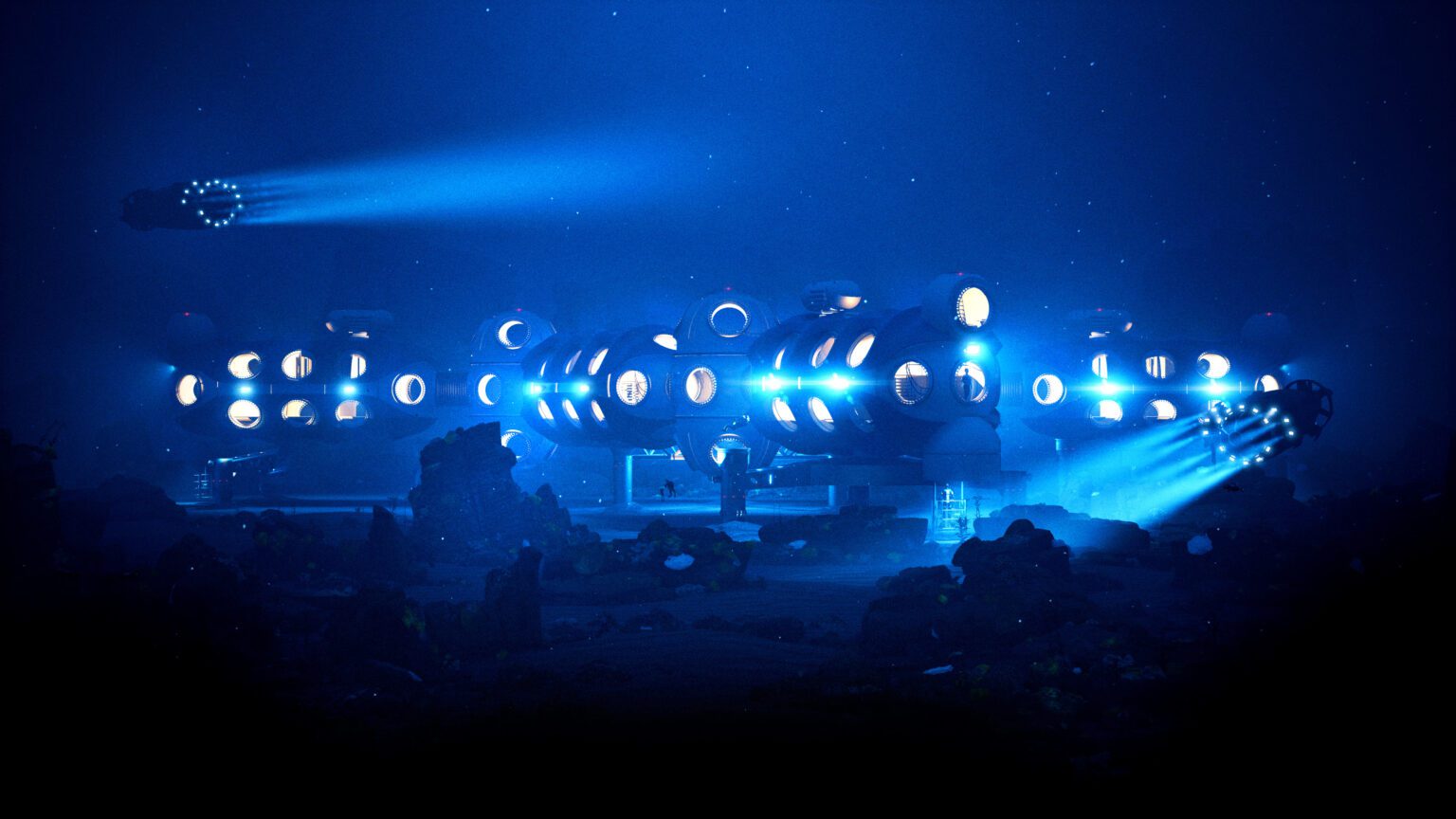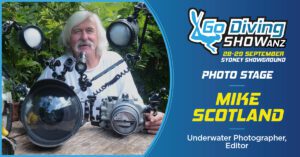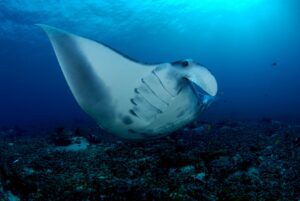DEEP has finally been unveiled, and Editorial Director Mark Evans headed to Bristol to see for himself what this endeavour is all about.
When the popular inland site NDAC abruptly closed, it didn't take long for the diving fraternity rumour mill to go into full overdrive – reasons for the closure ranged from ‘the military have bought it' to it being, of all things, an octopus breeding farm – but now we know it is the base of operations for DEEP, an ambitious company aiming to establish a permanent human presence under our oceans from 2027.
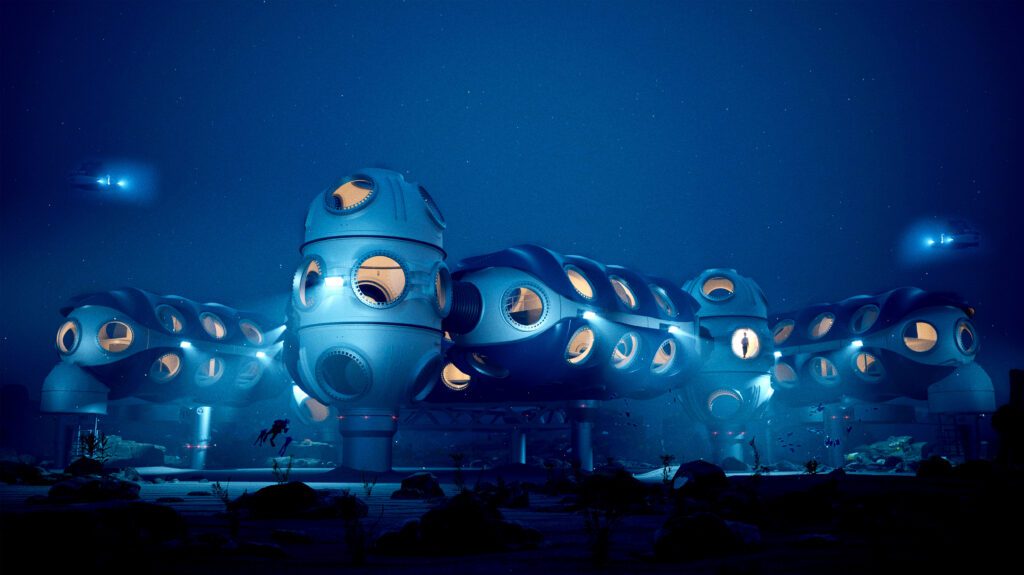
The company proclaims its purpose is to ‘Make Humans Aquatic’, and Steve Etherton, President, EMEA of DEEP, explained this in more depth (‘scuse the pun), saying: “We need to preserve the oceans, and to do that we need to understand them. The oceans sit at the centre of many of the generational challenges the world is facing, and they also offer opportunities we have not even begun to comprehend.
“They are the source of at least every other breath we take. They influence the weather. They influence the climate. They influence us. Yet, this life-sustaining ecosystem remains surprisingly unknown.
“Through our innovative technology, DEEP will enable scientists to operate at depth for extended periods of time and we hope, in some small way, will contribute to our understanding of this life-giving environment.”
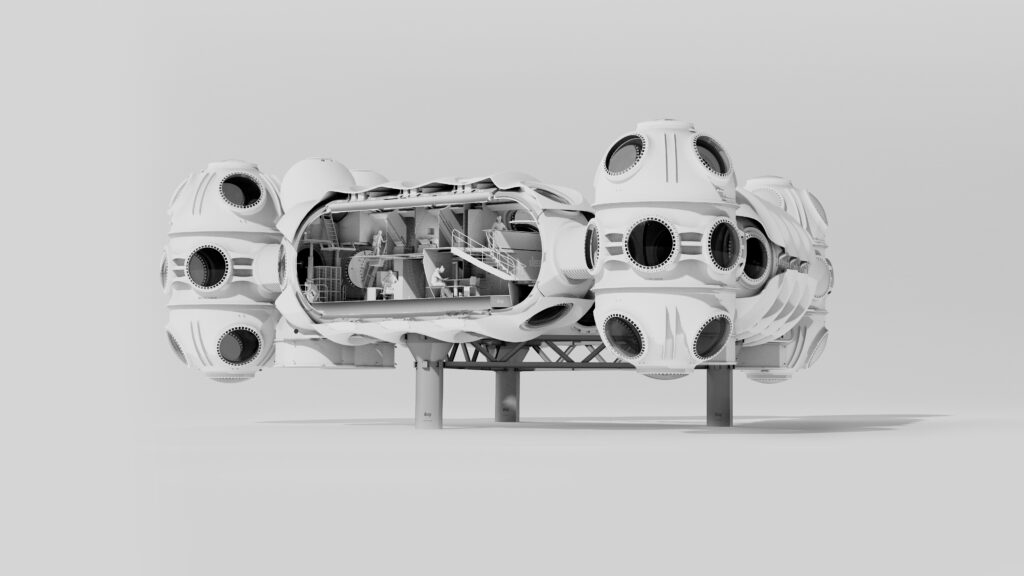
At the core of the DEEP System is the impressive Sentinel underwater habitat, alongside a revolutionary range of submersibles, dive and scientific research equipment, all backed up by technical and human performance training and qualification programmes (DEEP Institute), and a unique underwater R&D test and operations facility (DEEP Campus, formerly known as NDAC).
The Sentinel module, which is depth-rated to 200m, measures 17.5 metres by six metres across, has a moon-pool access and can host a crew of six with whatever equipment is required for that particular mission for up to 28 days at a time, will be globally classed by DNV, the world's leading classification society for underwater technology.
This will give extended access to most of the world’s continental shelves and importantly being able to descend to 200m allows access to the entirety of the Epipelagic, or ‘sunlight', zone. The lower limit of the Epipelagic zone is the deepest point at which sunlight penetrates into the ocean and it's estimated that 90% of marine life is found in this zone. Being able to comprehensively explore the full extent of this part of the ocean rather than just performing incursions from the surface, will represent a step-change in the way scientists can observe, monitor, and understand the oceans.
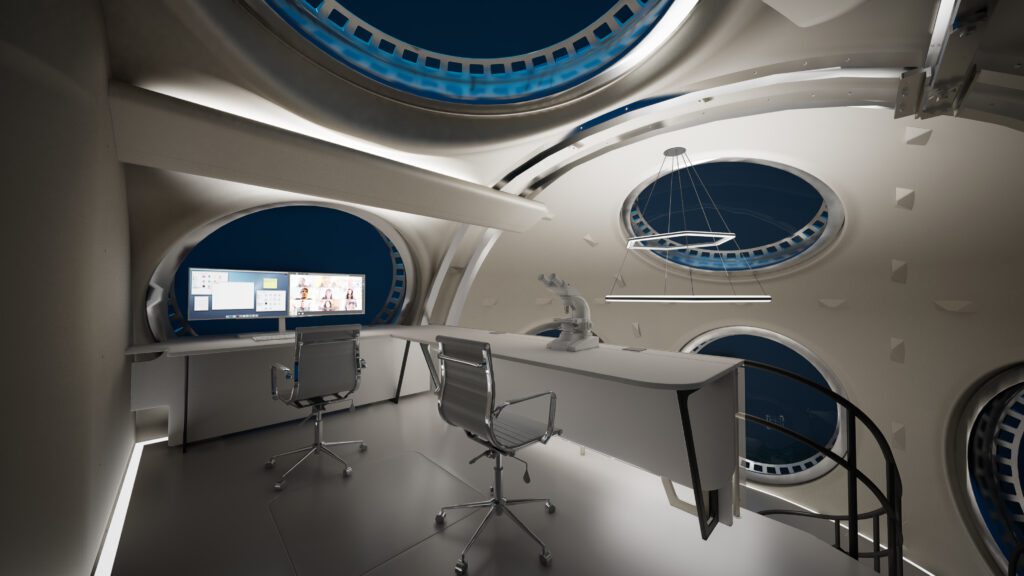
Following two years of intensive and pioneering research into innovative manufacturing processes and materials science, DEEP is at the advanced stage of technical design and has commenced production. The DEEP system offers a radically more effective way to live and operate underwater than has existed before. Previously, underwater facilities have been temporary and fixed-location. DEEP’s habitat is modular, scalable, autonomous, recoverable, re-configurable and re-deployable.
DEEP showcased a mock-up of a Sentinel at the launch today and it is extremely impressive in its scale and size. I had had a pre-briefing a few weeks ago and seen the artist's renderings, so I knew what to expect, but walking around a full-size ‘Sentinel' in person was something else. It offers a lot of space inside to live and work underwater, and with it being modular, you could have several fastened together, creating a veritable underwater town.
Sean Wolpert, President, Americas of DEEP, said: “Out of sight and out of mind – not having a better understanding of the oceans is no longer an option. DEEP is coming out of stealth mode now as we need to take others on this journey. We are already talking to potential international partners, and others with a long-term view of the needs of the planet, who recognise that the up-side for humanity in preserving and husbanding the oceans is now too great to ignore.
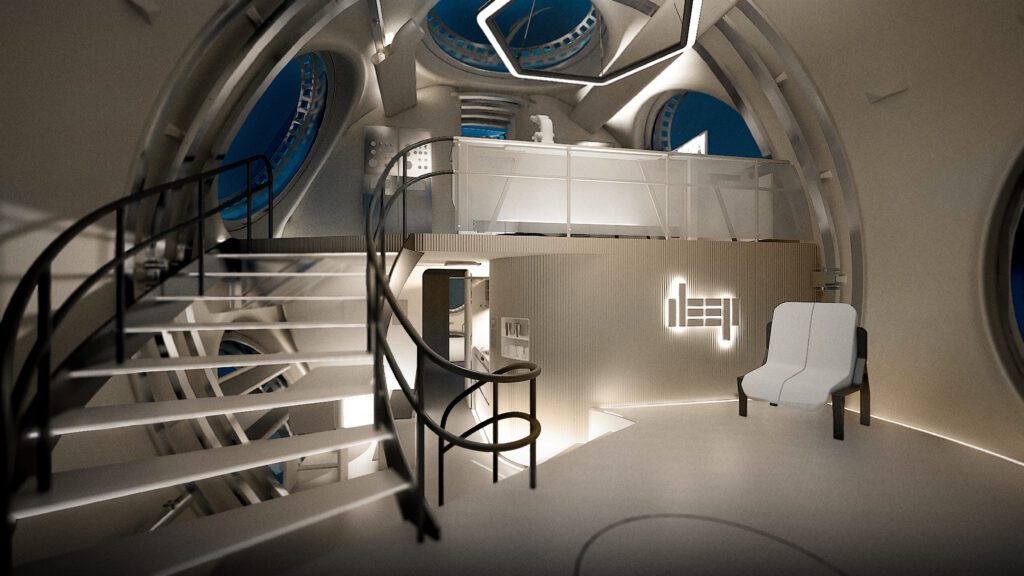
“Looking at the themes around the emerging new ocean/blue economy, we hear of opportunity and solutions in pharmaceutical research, in carbon capture, in innovative medicines. This is about how we can cooperate and can begin to work with the oceans for generations to come. DEEP offers to partners a way to do this hitherto impossible.”
The UK's South West and Wales were selected as DEEP's initial base because of the unique cluster of relevant marine engineering, diving, hyperbaric and submersible expertise, and links with the wider UK commercial and technical diving industry. Together these provide the foundation for a new industrial and scientific ecosystem.
Mike Shackleford, President, Global Services of DEEP, said: “We have made significant investments in advanced manufacturing processes, and will build one of the world's leading fabrication facilities with innovative production methods which will reduce waste, enhance energy efficiency, offer bespoke design and shorten manufacturing timelines. DEEP's facilities already house our prototyping and pre-production capabilities, as well as advanced material testing infrastructure not found elsewhere in the UK, and this is just the beginning.”
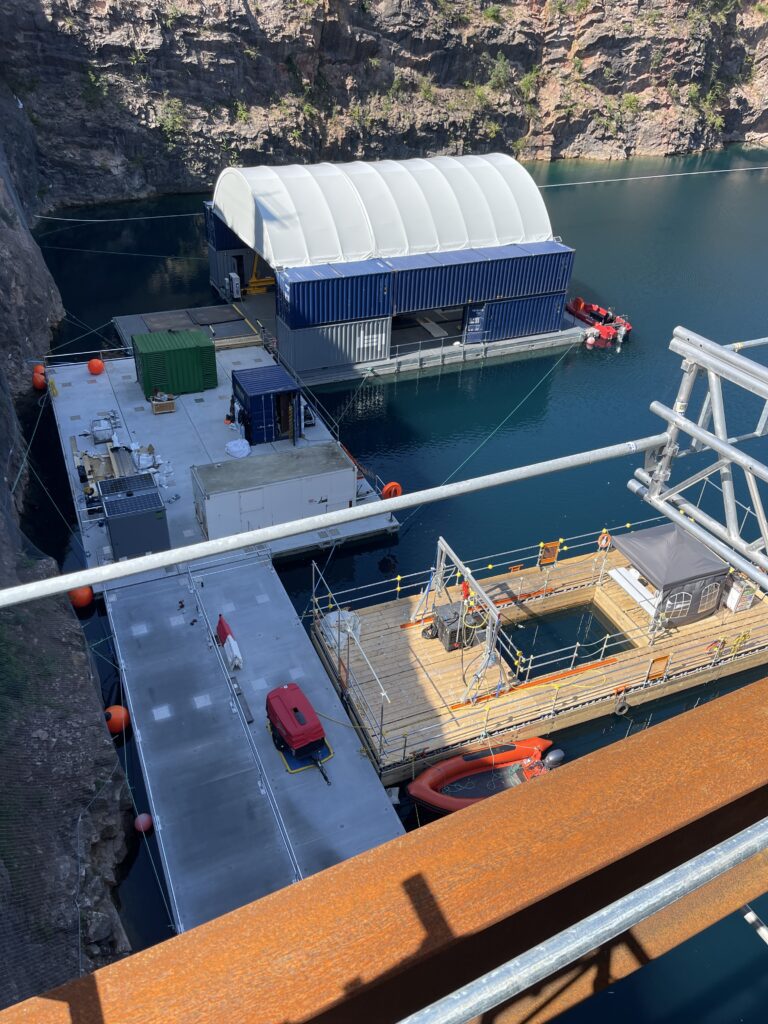
After the initial briefing at the Bristol manufacturing plant, which is in the throes of becoming a hive of activity as new technology and machines arrive and are put in place, we moved on to the DEEP Campus at Tidenham, and I was keen to see what had happened to the National Dive and Activity Centre.
My jaw dropped when I drove in through the familiar entrance. DEEP has taken the site back to the bone, and the car park – and where the restaurant, filling station, etc, were – is now a flat building site.
However, you get even more of an idea of the investment DEEP are making in the site when you walk to the edge of the drop-off next to the old car park. There is now a massive scaffolding structure built into the wall that provides a stairwell down to a collection of huge floating pontoons.
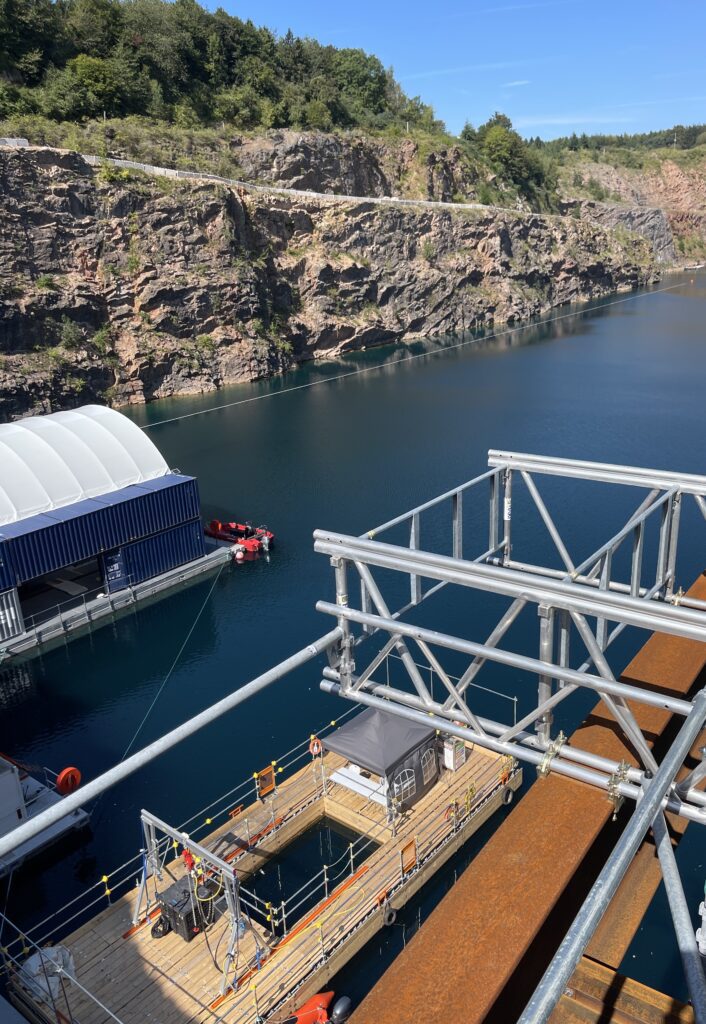
This was still a work in progress, so we were unable to go down to the water side to see it for ourselves, but further additions will include changing rooms, toilet and shower facilities, kit storage and more. Additional pontoons will be added running the length of the entire facility over time, providing multiple entry and exit areas for the different DEEP training, testing and research programmes that will be carried out on campus.
The DEEP Institute will be offering a vast range of courses and programmes, including diving from freediving, through recreational, into technical and CCR (which means someone could go from never having dived before to being fully qualified as a CCR diver down to 200m), as well as training to become submersible and ROV pilots. There is even an Ocean Economy Awareness course.
DEEP's world-class team comprises over 100 experts in marine engineering, naval architecture, materials science, specialised divers, and Includes representatives from technical, police, saturation, and special forces diving, as well as participants from the NATO submarine rescue programme. Familiar faces in the mix include renowned cave diver and technical diver Phil Short, freediving guru Kirk Krack, and NDAC's Ashley Bryce and Natty Taylor.
As well as being a core part of the DEEP ‘ecosystem', the DEEP Campus will also provide the ideal base for national and international events and symposiums with select partners in the future.
